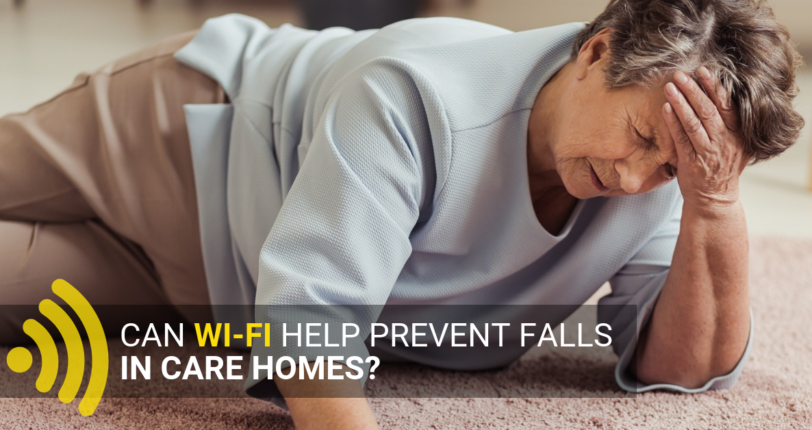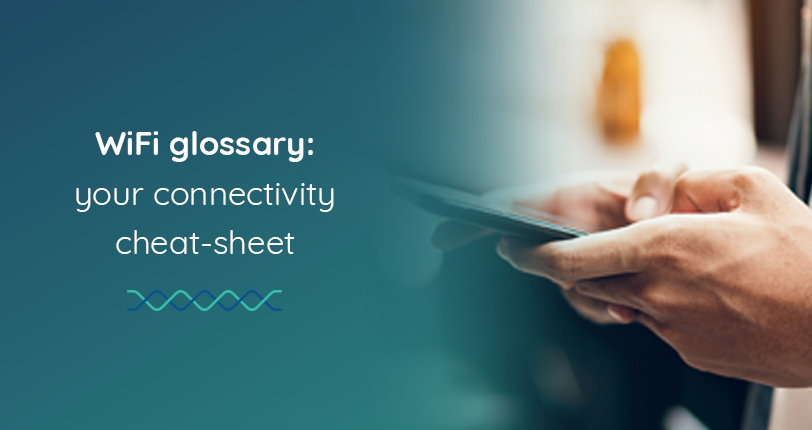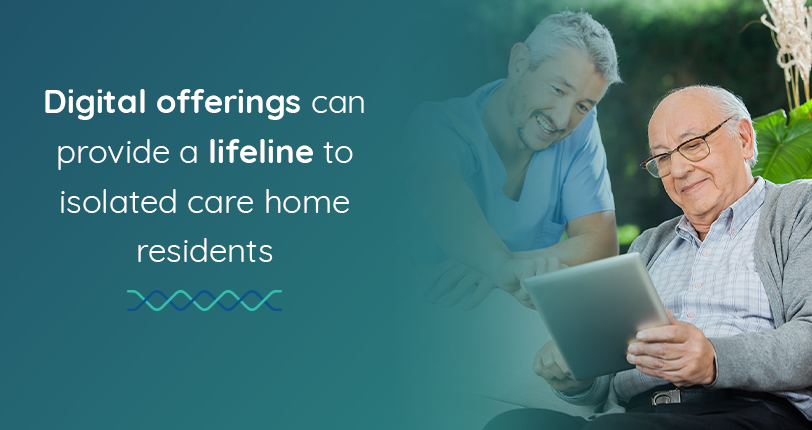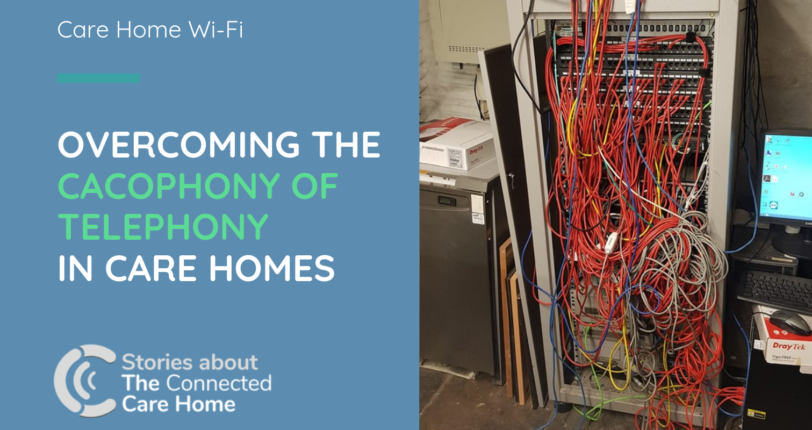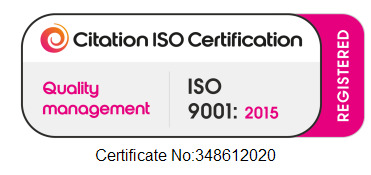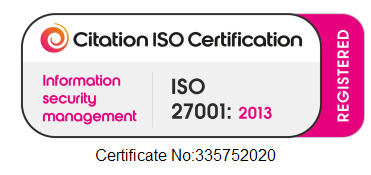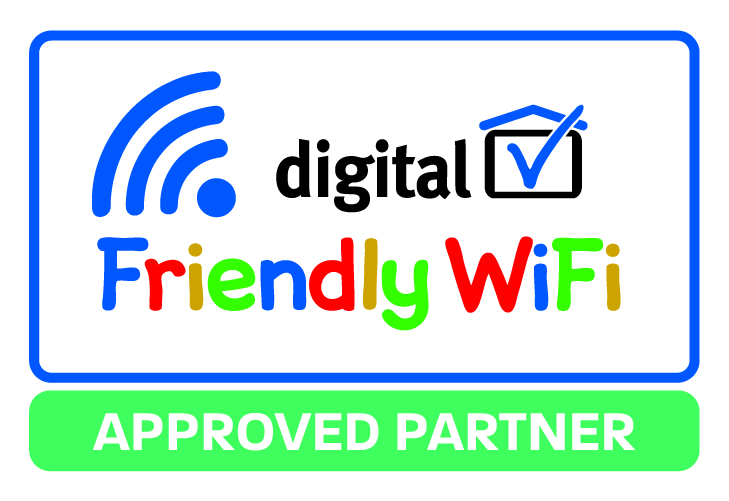As technology-enabled care (TEC) firms bundle multiple monitoring functions into a single wearable device they will surely become indispensable and particularly helpful in care homes.
Whilst legacy telecare systems offer excellent solutions, as the world becomes more digital it makes sense to deploy modern technologies that run across a unified network. This makes care easier, safer, more efficient and less stressful. A unified network supports technology-enabled care and is scaleable for new care home technology.
Care Home Legacy Systems
Traditionally, many of the nurse call or fall alert systems require some sort of user interaction – even if only to remember to ‘wear’ a device. And often they rely on separate networks each of which requires its installation.
Traditional alarms rely on the user activating an alarm (e.g. a pendant button around the neck) which alerts a carer, usually by emitting a loud noise, or by sending a signal to a carer’s pager. Both of which require proximity of the carer.
Then there are push-button devices which send a signal to a call centre. Some devices incorporate a sensor (like an accelerometer on a smartphone), which avoids the need for user interaction. These have the bonus of a GPS signal making it easier to locate wandering seniors.
But what if the user is unconscious? Or forgets to wear the pendant (as of course maybe common with some elderly)?
There is a range of new solutions now available and we anticipate many more in the pipeline) which don’t require any user interaction at all.
Below we look at some of the new assistive technologies that are currently, or soon to be, available to help detect or prevent falls. Versions of these will undoubtedly be found in care homes across the UK before too long. Although many of these solutions are aimed at the ‘ageing in place’ market, where they are used in a care home or retirement community, they can provide more freedom and independence for the residents and take the strain off staff.
Indeed, such tech will soon become the norm. Take ‘BioStamp’ from MC10 for example. This is thinner than a Band-Aid and “has the size of just two postage stamps. You can attach it to any part of the body. The sensors monitor temperature, movements, heart rate, and all these vital signs which can be transmitted wirelessly to an application. In the future, these bio-stamps might mean the solution to all the data-problems, medical professionals might have today,” says medical futurist Dr Bertalan Mesko in Age UK.
So care homes should consider what infrastructure they require to cater for enabling innovations and what the implications may be if they are not able to do so.
Smartphone Alerts
One obvious area is the integration of alert systems with smartphones where staff can receive messages directly, reducing response times and enabling a more user-friendly system.
This has several advantages, not least the data footprint whereby response times, who responded and where they were located at the time, can all be monitored. Statistics based on times, frequencies and zones can help spot actionable trends. It also allows for instant 2-way messaging between staff and patient.
Existing devices like the Apple Watch include fall detection sensors where, if the user is prone and unresponsive for a set time, an emergency SOS call is made to a designated contact.
New technologies – beyond the ubiquitous fitness bracelets – use powerful AI tools deployed in ‘wearable’ and mobile devices to monitor health and well-being for the elderly and those with specific ailments.
Where are Wearables Going?
Despite a slowdown in step-counting apps, market research company Tractica reports that the wearables market is set to grow to US$95billion+ by 2021. Care homes will inevitably be impacted as much of the technology is aimed at helping the elderly and infirm and the benefits are becoming highly visible and evident.
You can read more about technology that’s affecting care homes in our publication, The Connected Care Home.
Buddi is a simple and unobtrusive wristband that can be worn 24 hours a day even in the bath. It’s rechargeable and lasts 4 weeks. The band detects a fall and sends a signal to the user’s smartphone (or clip-on belt receiver) via Bluetooth which then issues an alert to carers.
Walabot is an exciting new product from an Israeli company Vayar Imaging. This requires no ‘wearable’ device, no pendant, no camera nor smartphone type of device. It is completely independent of the user. A wall-mounted device for the bathroom (where 80% of falls occur), it detects if you fall and activates a two-way call so you can get help. The company is now developing a version that predicts a change in behaviour that may indicate a problem or any stress.
Howz is another in the home system using sensors rather than ‘wearables’. It uses AI to learn a user’s routine and when it detects changes, sends an alert to carers.
French shoemaker E.vone has a shoe that sends carers a signal when its movement detectors sense a fall.
Boogio, a US-based Internet of Things firm, has developed a smart shoe insole with pressure sensors (65,000 layers!) which can be slipped into a shoe of your choice.
This is another shoe insole that can detect falls and which works like a smartphone.
Microsoft is developing a pair of glasses (project Glabella) to monitor heart rate at three points on the wearer’s head. It has optical sensors, processing, storage, and communication components, all for the precise monitoring of the user’s pulse transit time.
“Our results indicate that Glabella has the potential to serve as a socially-acceptable capture device, requiring no user input or behaviour changes during regular activities, and whose continuous measurements may prove informative to physicians as well as users’ self-tracking activities,” says Christian Holz at Microsoft Research. https://www.christianholz.net/glabella.html. Such innovations are very likely to find their way to the senior living sector.
And such technology is not very far from coming online.
Starkey Hearing Technologies offers the Livio AI as “the world’s first hearing aid with artificial intelligence capabilities”. It tracks brain and body health, monitors heart rate, offers in-ear language translation, and it has fall detection and fall alerts. The Livio AI also adjusts to the environment you’re in, if it’s loud, it’ll turn up the volume and cancel out external noises, for example.
The Livio AI is currently available in Canada and the US and will be expanding to more countries as 2019 rolls on.
Conclusion
This post only scratches the surface in terms of the tech that’s coming over the horizon. And when it all arrives on the shores of the UK it’s quite likely to arrive like a tsunami. Whatever systems care homes adopt or residents bring with them to the care home, care home managers and retirement homeowners need to have the flexibility to cater to them with a secure and reliable WiFi-based unified network.
SeniorConnect in Care Homes
SeniorConnect is a WiFi network management system and service from Vital WiFi designed to run care homes’ WiFi distribution needs and enable it to use a wide range of digital services. It can be configured to ensure 100% coverage across the premises (both inside and out) so that all staff and residents can access the internet on different devices for different purposes. Where there are mission-critical services, SeniorConnect can ensure sufficient bandwidth is always reserved for those. If an access point fails, the SeniorConnect system will alert Vital WiFi to the issue and it can be rectified immediately with remote access. A separate channel can be reserved for guests’ use which won’t interfere with other users’ or services’ needs. A ‘personal area network’ (PAN) can be assigned for each resident providing them with privacy and security.
The Cost
The cost of not having a robust WiFi network can be considerable, longer-term, as more and more residents (and their families) expect reliable and consistent WiFi. And as innovative digital care services become more mainstream, care homes without a unified network will be lagging behind their competitors and may find it harder to attract new residents as they find they cannot reliably use what will become the default technology.
To install a unified network doesn’t need to be a big investment. Whilst some providers will require a capital investment, Vital WiFi offers a complete system on a modest “per resident” or “per access point” monthly charge which can be funded from operational budgets. A major benefit is that care home clients get ongoing monitoring and maintenance support with Senior Connect so you are having complete peace of mind.
Get a Site Survey
The first step is to have a site survey which reveals exactly what your requirements are, what you can do with it, what it costs and how quickly it can be installed.
SeniorConnect is a managed WiFi system that requires little or no upfront investment and can be funded from the operational expenditure.
To apply for a free WiFi Site Survey & Assessment Report contact Vital WiFi on:
e: seniorconnect@vitalWiFi.com
t: 0333 3583111
w: https://comms.vitalWiFi.com/request-survey
‘The Connected Care Home – An owner’s Guide’ can be downloaded here:
https://comms.vitalWiFi.com/tcch-get
